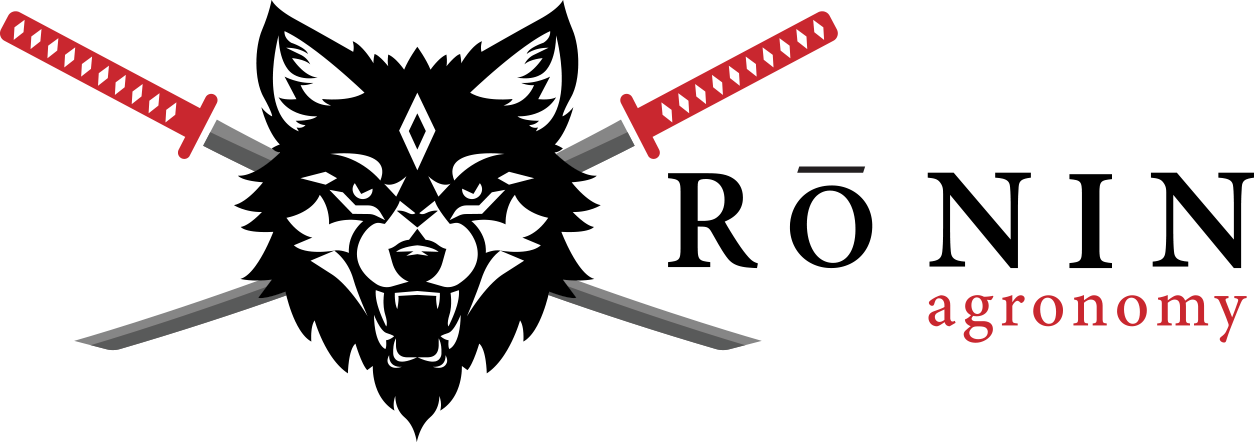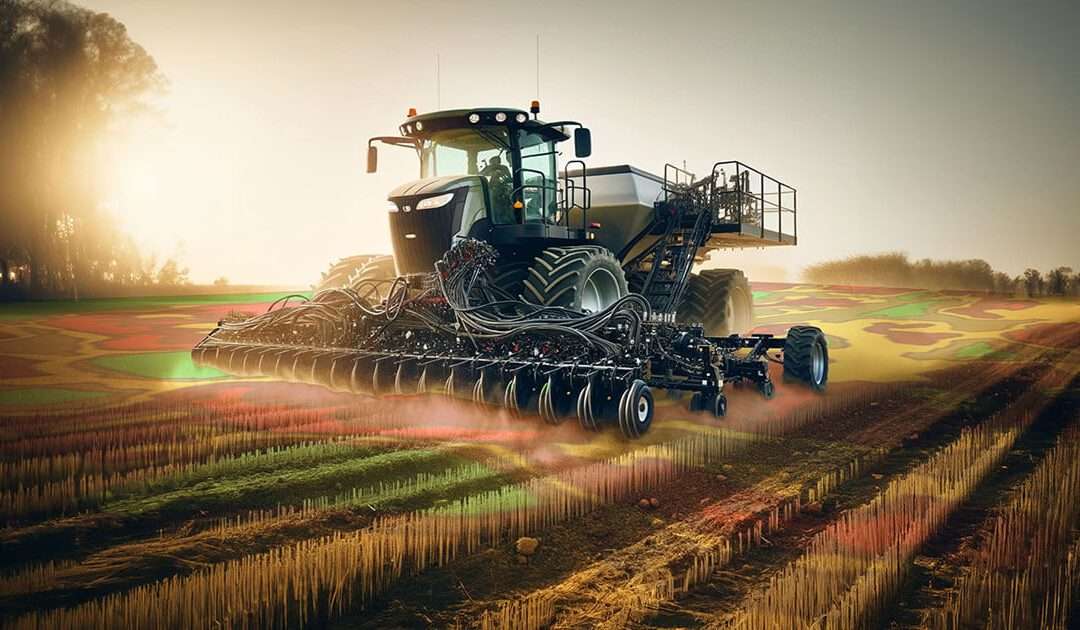There is a popular opinion that variable rate technology only works in good conditions and should not be used in stressful situations like drought or excessive moisture supply. For the last few years, many regions of the Canadian Prairies have received below-average precipitation during the growing season. In some areas, this should be classified as a drought. The lack of fall-winter precipitation makes it even more severe.
Dry weather conditions make crop production more challenging as nutrient uptake is limited. Therefore, the ability to operate field management zones differently becomes more valuable to optimize fertilizer use efficiency and reduce potential negative environmental impacts. Optimal variable rates of fertilizers in conditions of limited water supply help to prevent nutrient antagonism and reduce stress on plants.
Combining VRT with other modern tools like weather stations and/or moisture probes creates more opportunities for the farmer to predict and model future crop responses to additional fertilizer, or conversely, save costs in cases of limited soil moisture and lack of precipitation.
VRT can be implemented for virtually any input that is manageable on the farm, such as fertilizers, water, pesticides, or seeding rates, for example. Some VRT technologies demand high upfront investments (like VRT irrigation), while others may be used with existing equipment. The more unpredictable and complex the environment becomes; the more sophisticated and complex tools should be used by modern crop producers to win this battle.
A more advanced approach to using VRT is to combine variables to create the best combination that would be unique and most suitable for the specific grower’s needs. For instance, variable rate corn seed plus variable rate fertility would help farmers save money on drying grain because this combination eliminates excessive nitrogen areas, which makes the crop stand more uniform.
Nowadays, VRT has become one of the major management tools, allowing farmers to operate with any input rates, redistributing them across the land where it makes sense to expect higher crop responses and reduce costs in highly saline areas, stony patches, and other parts of the land with obvious natural and historical use limitations. At the end of the day, it is the farmer’s decision on how to use these tools.
Such unpredictable and sporadic weather conditions make it more important for farmers to seek help from local and experienced agronomists who know the specifics of the land and growing conditions. Our company is equipped with senior agronomists who have operated VRT for over 20 years in the Canadian Prairies. Adding weather stations, moisture probes, remote insect monitoring sensors and disease development forecasting creates a unique opportunity for the grower to implement the integration of advanced technology and the classic experience of highly trained specialists at the farm level.

